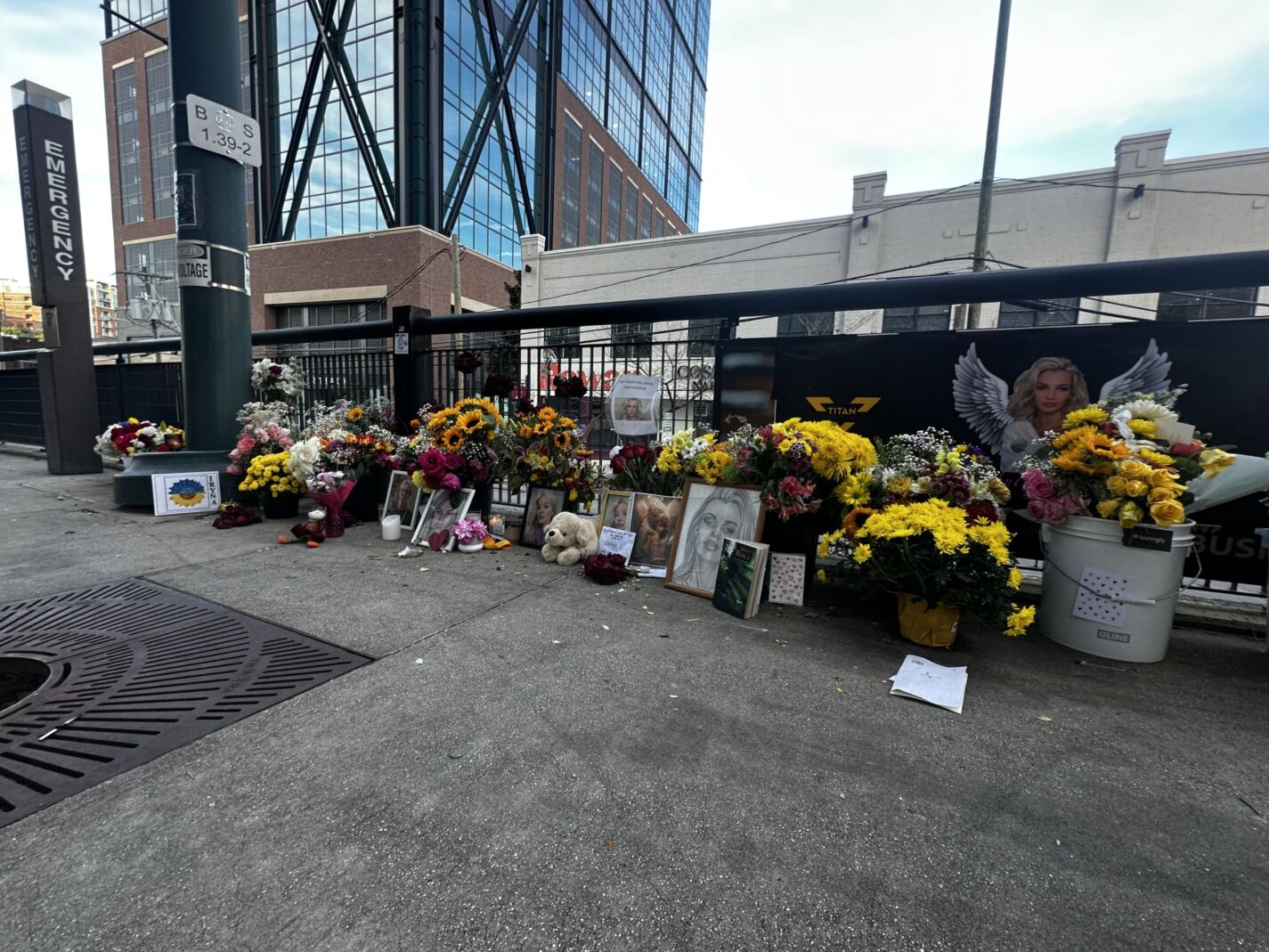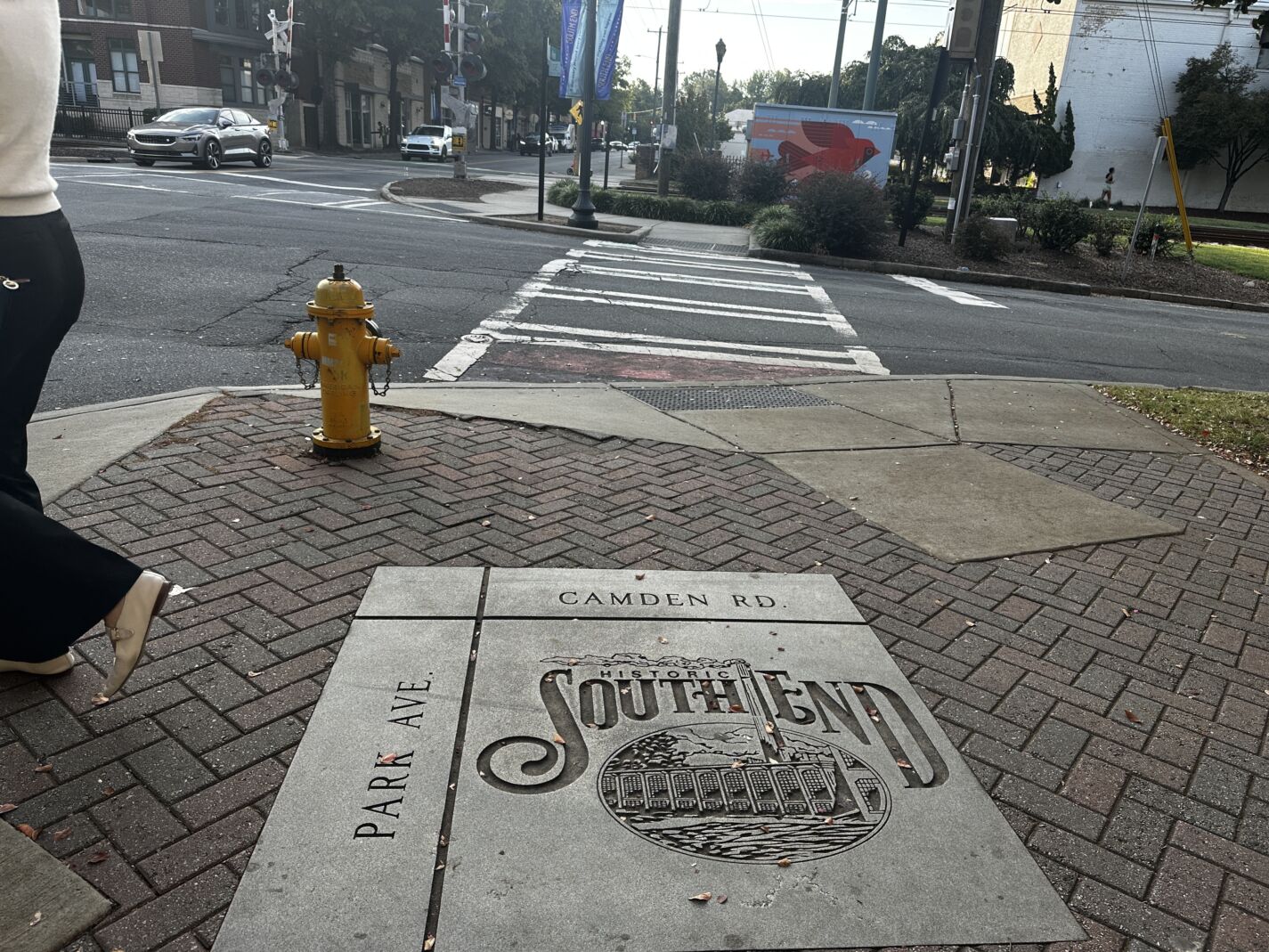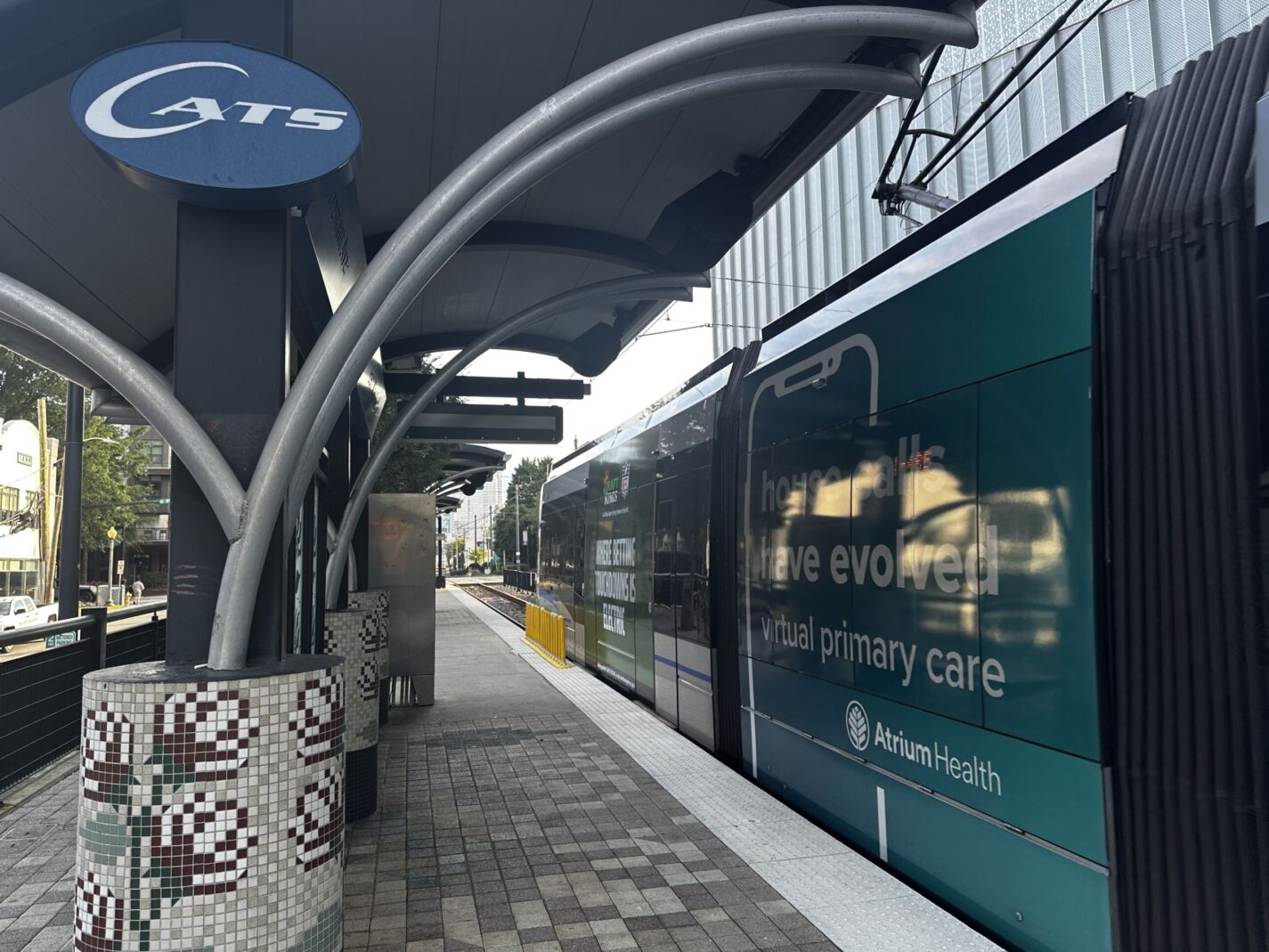Last week, I visited my daughter, a resident of Charlotte’s upscale South End neighborhood, the same community where 23-year-old Iryna Zarutska was brutally murdered on a light-rail train in August. As we walked past the station where it happened, my daughter pointed to the growing memorial of flowers and notes left by grieving neighbors.
The rail stop is between an Abercrombie and Fitch, and a craft bakery selling $7 homemade doughnuts. It runs along an urban trail that is usually bustling with joggers and commuters, and dotted with café tables full of young professionals. The light rail is well-lit and has frequent stops through an area whose restaurants and high-end retail rival any vibrant neighborhood in the world.
However, now this neighborhood feels uneasy and subdued. No women were walking alone; more tables were empty. That will likely change in the coming weeks, but for now, the silence said more than any statistic could. The public murder shattered the neighborhood’s sense of security. That unease was clear when my daughter and her friends remarked that anyone can simply step onto a light rail car without a ticket. There are no barriers or turnstiles to get onto the system, and the occasional “monitors” in reflective vests often seem more absorbed in their phones than in rider safety.
The city celebrates transit expansion, but the video of Zarutska’s killing, released by the Charlotte Area Transit System, revealed what residents already feared: the transit system has dangerous gaps. Those gaps should be a priority as the Charlotte City Council considers the security strategy with its contractors tasked with keeping the system safe. On Monday council members weighed a resolution to expand the jurisdiction of private security company Professional Police Services Inc., contracted since 2023 to provide security to the city’s light rail system.
THE VIDEO CHANGED EVERYTHING
Videos resonate because they force the public to confront what words can sometimes blur. This particular video did three things:
- Humanized the victim: Zarutska was no longer an anonymous name in a court filing. She was a real person whose life was cut short in plain view of the public.
- Triggered immediate action: Once the images circulated, officials at every level were pressed to move quickly. Federal prosecutors filed charges, and local leaders faced renewed scrutiny.
- Exposed systemic breakdowns: The accused, with a long criminal record and significant mental-health struggles, was still free to walk onto a city train. The video forced uncomfortable questions about why.
THE POLICY GAPS
With Iryna’s Law now passed through the legislature and under consideration by Gov. Josh Stein, the debate over pretrial reform and public safety takes on renewed urgency. This isn’t just another bill — it’s the state’s reckoning with the tragic price paid when systems meant to protect us fail.
Supporters argue that Iryna’s Law — which tightens pretrial conditions for violent offenders, eliminates cashless bail in certain cases, mandates mental health evaluations, and adds public-transportation killings as an aggravating factor in death penalty cases — will make the streets safer and tragedies like Iryna’s less likely. The murder on Charlotte’s transit system was not an isolated event, nor was it inevitable. In a recent opinion editorial in the Atlantic,analysts at the Manhattan Institute point to specific failures in North Carolina, many of them addressed in the legislation.
However, one of the most important reforms listed, transit enforcement, must fall to the the City of Charlotte. Basic safety measures, such as visible security, fare enforcement, and turnstiles can prevent larger crises by removing potential threats before they escalate.
Charlotte’s transit system is at a crossroads. Riders are tired of talk and want real, visible action to restore confidence and ensure their safety. City leaders have long celebrated expansion and ridership growth, but they’ve been far less willing to confront the safety issues that undermine public trust. This moment should not fade into another passing controversy — it should be the mandate to make public safety the city’s highest priority.










